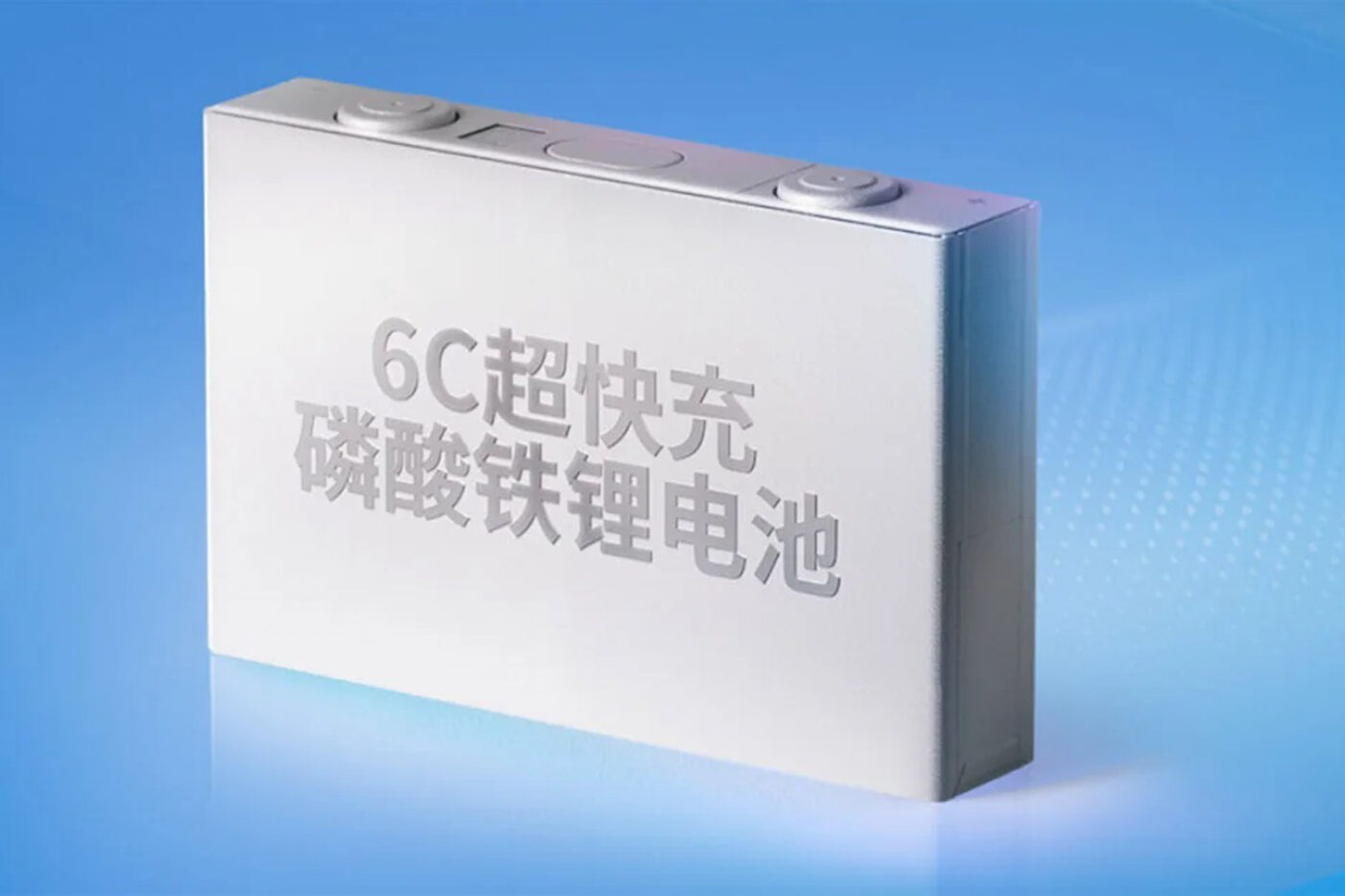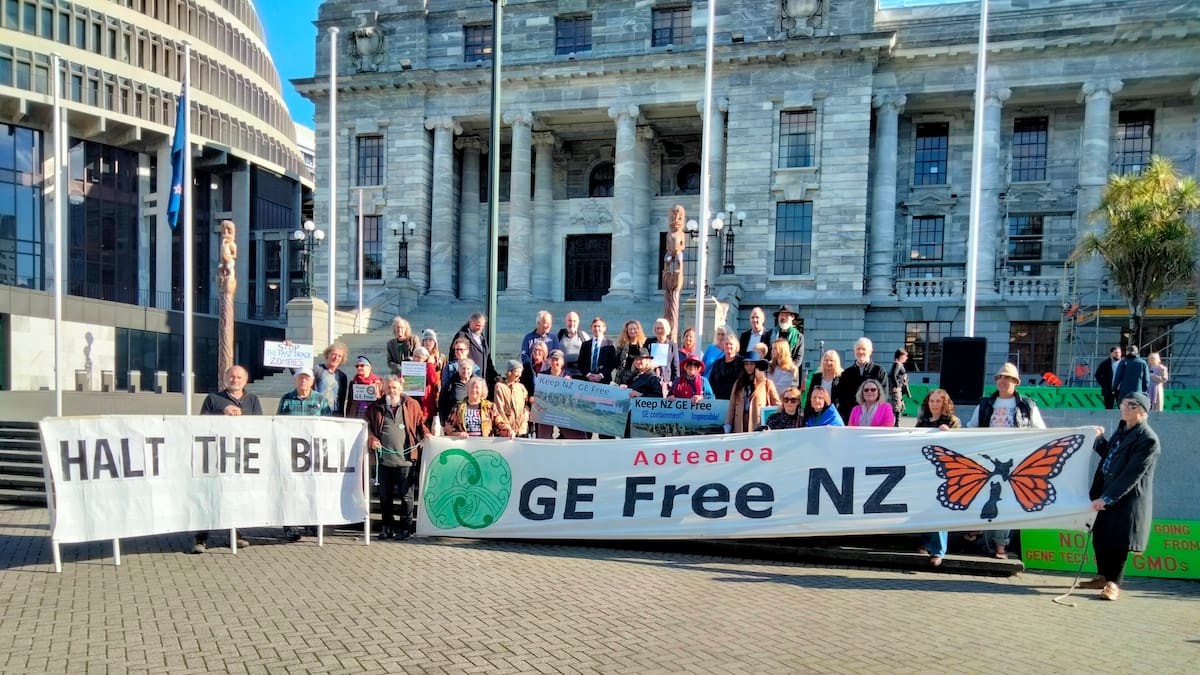China Tightens Grip on Battery Tech: Export Controls on Cathode Material Spark Global Concerns

Beijing's Strategic Move: Export Controls on Key Battery Materials
In a move that's sent ripples through the global battery industry, China has announced restrictions on the export of technology related to the preparation of battery cathode materials. This significant decision, detailed in a recent update to China's export control list, directly impacts the production of crucial components like lithium iron phosphate (LFP) and associated technologies. The implications of this policy shift are far-reaching, potentially impacting electric vehicle (EV) manufacturing, energy storage systems, and the broader global supply chain.
Why is this happening? China, a dominant force in the global battery materials market, has been steadily strengthening its control over critical elements within the EV supply chain. This move is viewed by many as a strategic measure to safeguard its technological advancements and maintain its competitive edge. While Beijing hasn't explicitly stated the rationale behind the controls, analysts believe it's linked to concerns about national security, protecting intellectual property, and potentially leveraging its position in trade negotiations.
The Impact on Lithium Iron Phosphate (LFP): LFP batteries have gained significant traction in the EV market due to their safety, longer lifespan, and relatively lower cost compared to other lithium-ion chemistries. China currently dominates LFP production, and this new export control further solidifies that dominance. Companies in Europe and North America, increasingly reliant on Chinese LFP supplies, will now face greater challenges in securing these essential materials.
What do the Restrictions Entail? The controls aren't a complete ban on exports. Instead, they require companies exporting the specified technologies to obtain permits from Chinese authorities. The criteria for obtaining these permits remain somewhat opaque, but it's expected that applications will be scrutinized carefully. This process introduces an element of uncertainty and potential delays for exporters.
Global Concerns and Potential Responses: The announcement has triggered concerns among international businesses and governments. Several countries are actively exploring strategies to diversify their battery material supply chains and reduce their dependence on China. This includes investing in domestic LFP production, securing supply agreements with alternative sources, and encouraging research into alternative battery chemistries.
Looking Ahead: A Shifting Landscape: China’s move underscores the growing geopolitical significance of the battery materials sector. It’s likely to accelerate efforts to build more resilient and geographically diverse supply chains. The long-term effects of these export controls remain to be seen, but they undoubtedly mark a turning point in the global landscape of battery technology and the race for electrification.
Key Considerations for Businesses:
- Assess your reliance on Chinese cathode material technology.
- Explore diversification strategies for your supply chain.
- Stay informed about evolving export control regulations.
- Consider investing in research and development of alternative battery technologies.






